New Arrivals
Trending at White Toque
Working with the best in the industry
We partner with the finest European brands to offer high-quality, reliable products.


We source the finest European food products, ensuring quality and authenticity, to meet the demands of the foodservice professionals.


50% Fruit Spread Blackberry
#26109 | 6x2.2lbs
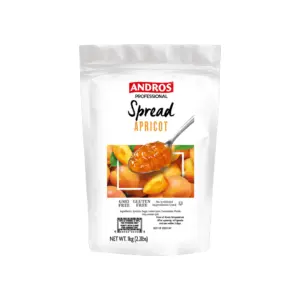
50% Fruit Spread Apricot
#26132 | 6x2.2lbs
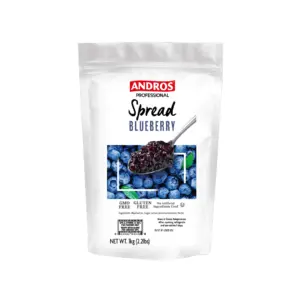
50% Fruit Spread Blueberry
#26140 | 6x2.2lbs
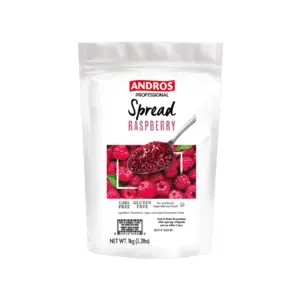
50% Fruit Spread Raspberry
#26141 | 6x2.2lbs
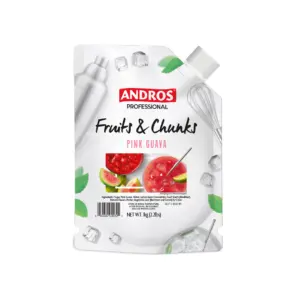
Fruit & Chunks Guava
#26163 | 6x2.2lbs

Fruit & Chunks Mango
#26161 | 6x2.2lbs

WT Heritage Pistachio Filled Croissant
#58134 | 78/2.9oz

WT Heritage Gouda Cheese Twist
#58133 | 50/3.5oz

Plain Tart Shell Medium Fluted 3.1" (80mm)
#64238 | 13.8 x 10.7 x 9.6

Plain Tart Shell Mini Square 1.3" (33mm)
#64237 | 7/35pc 1.3" (33mm)
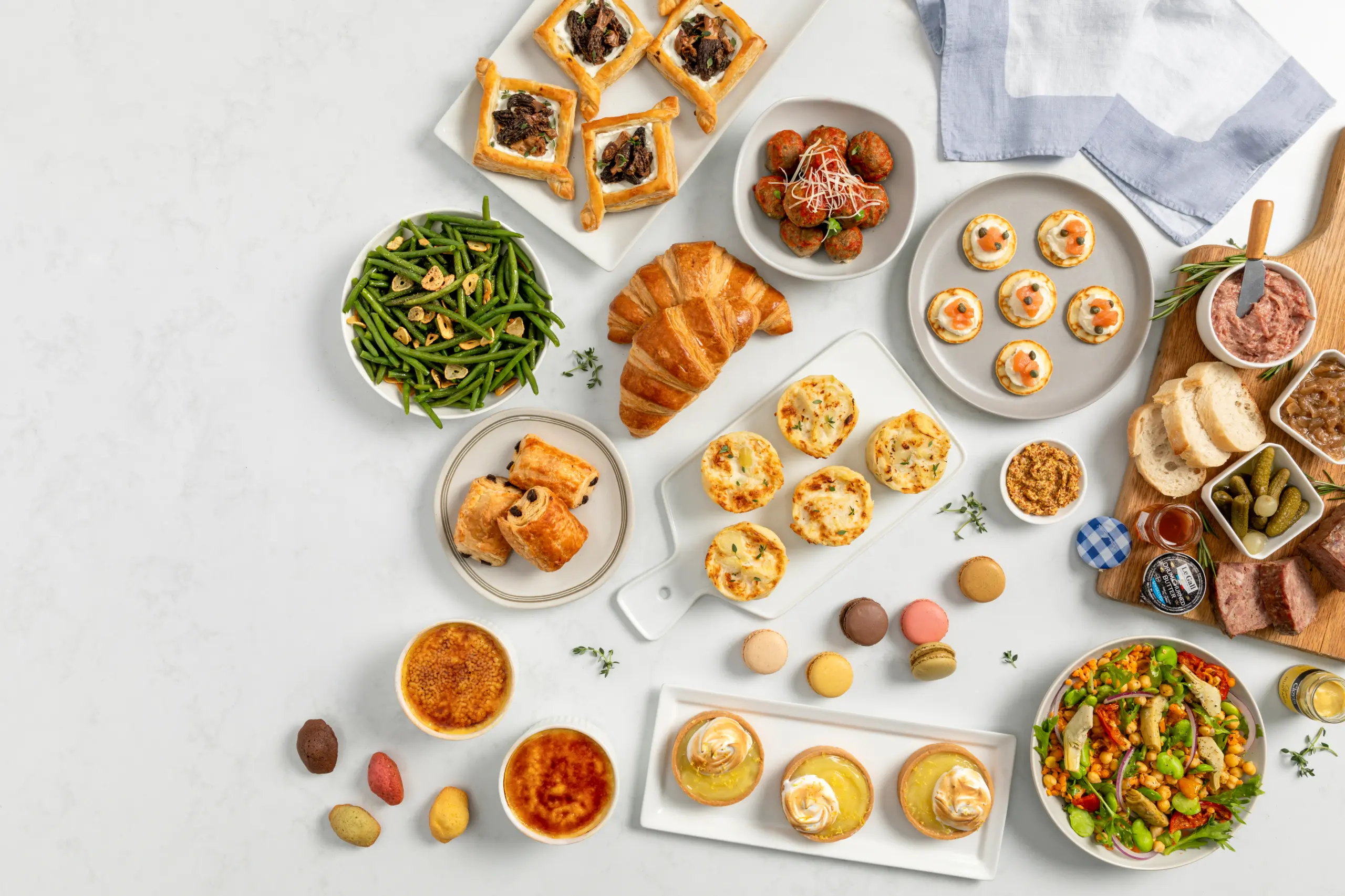
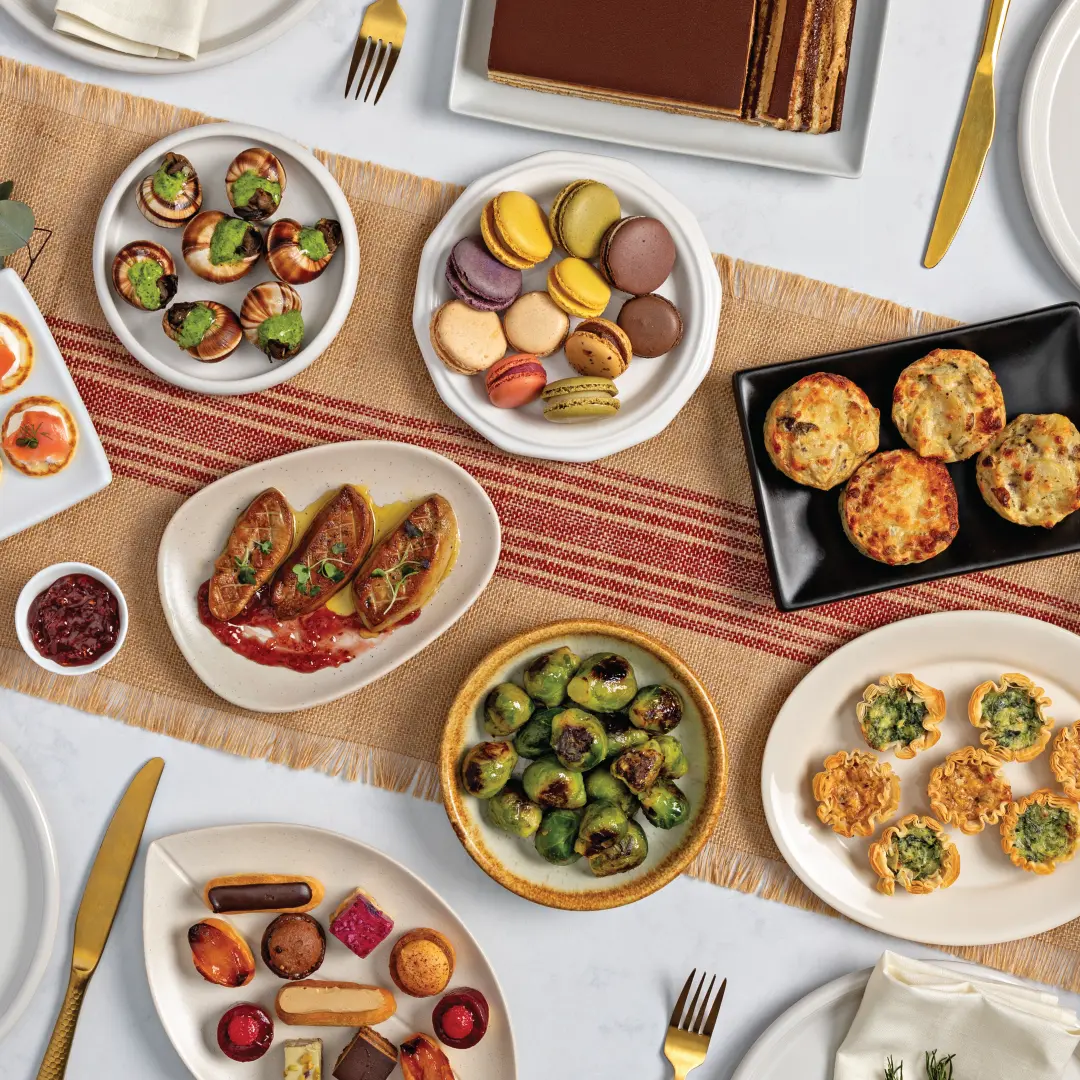

We partner with the finest European brands to offer high-quality, reliable products.
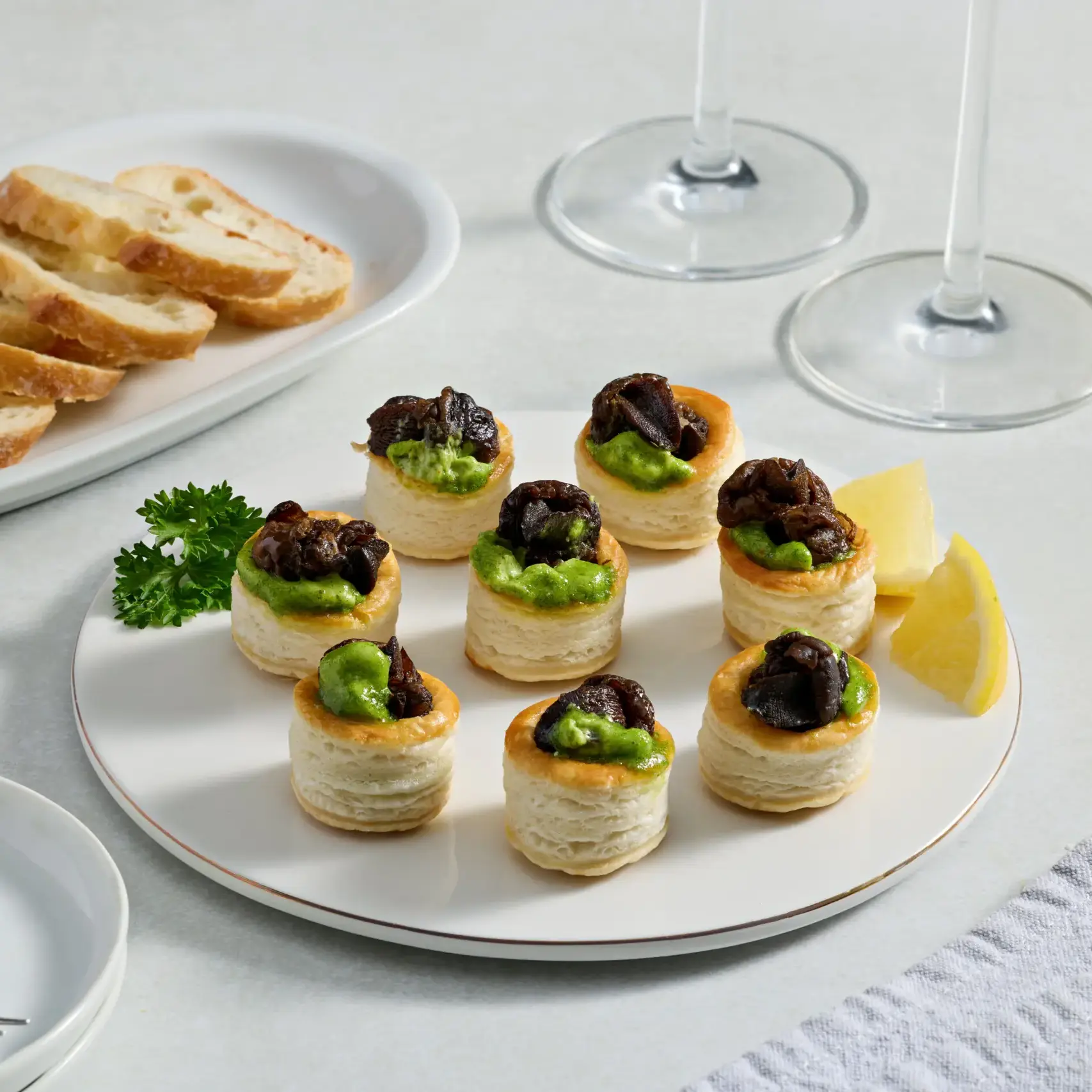
Mini Vol au Vent with Escargot Fillings

Hazelnut Chocolate Pancake Board

Zucchini & Gorgonzola Risotto
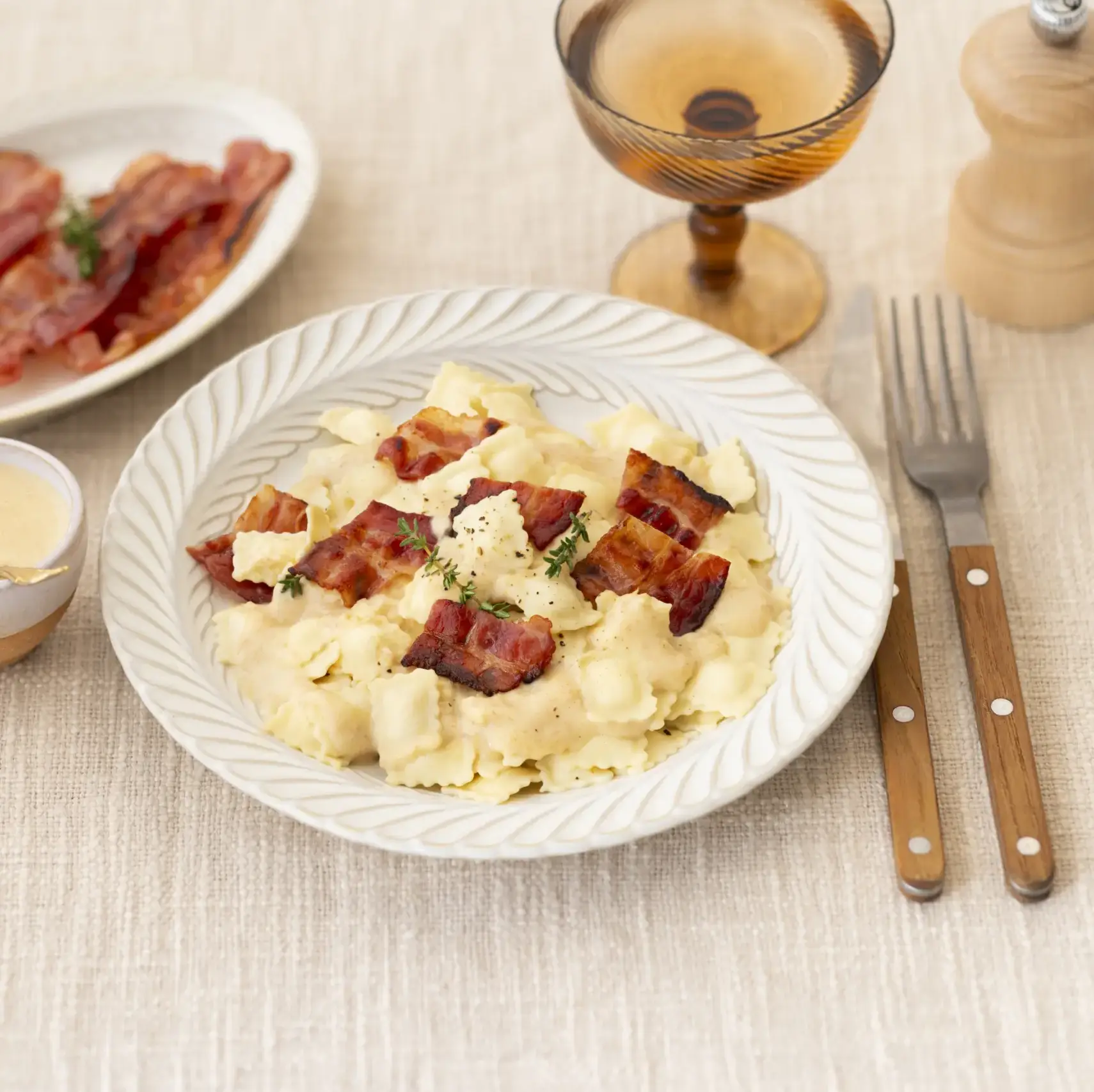
Goat Cheese Ravioles with Thyme Cream & Crispy Bacon
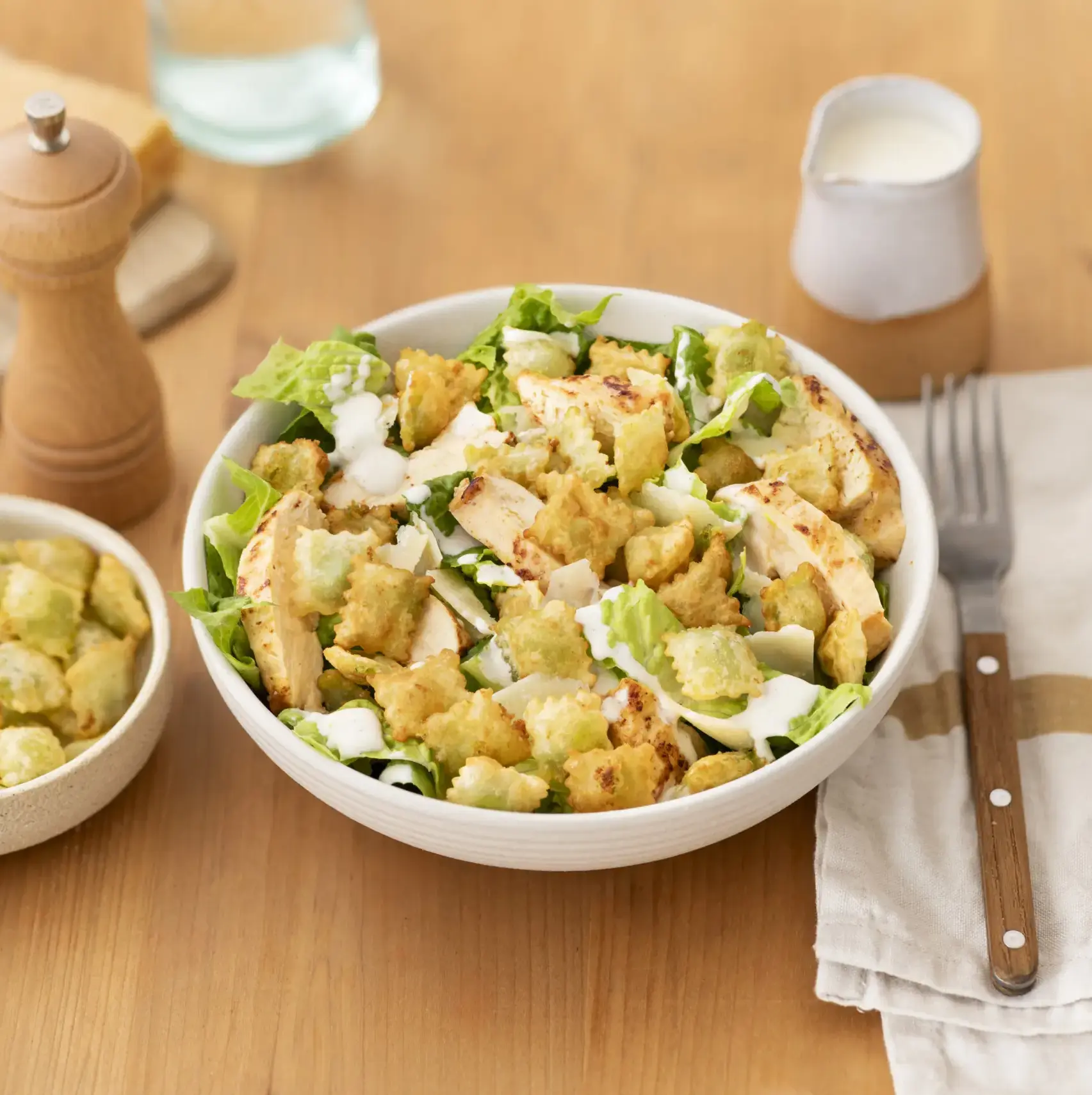
French Ravioles Ceasar Salad

Pink Lip Cocktail
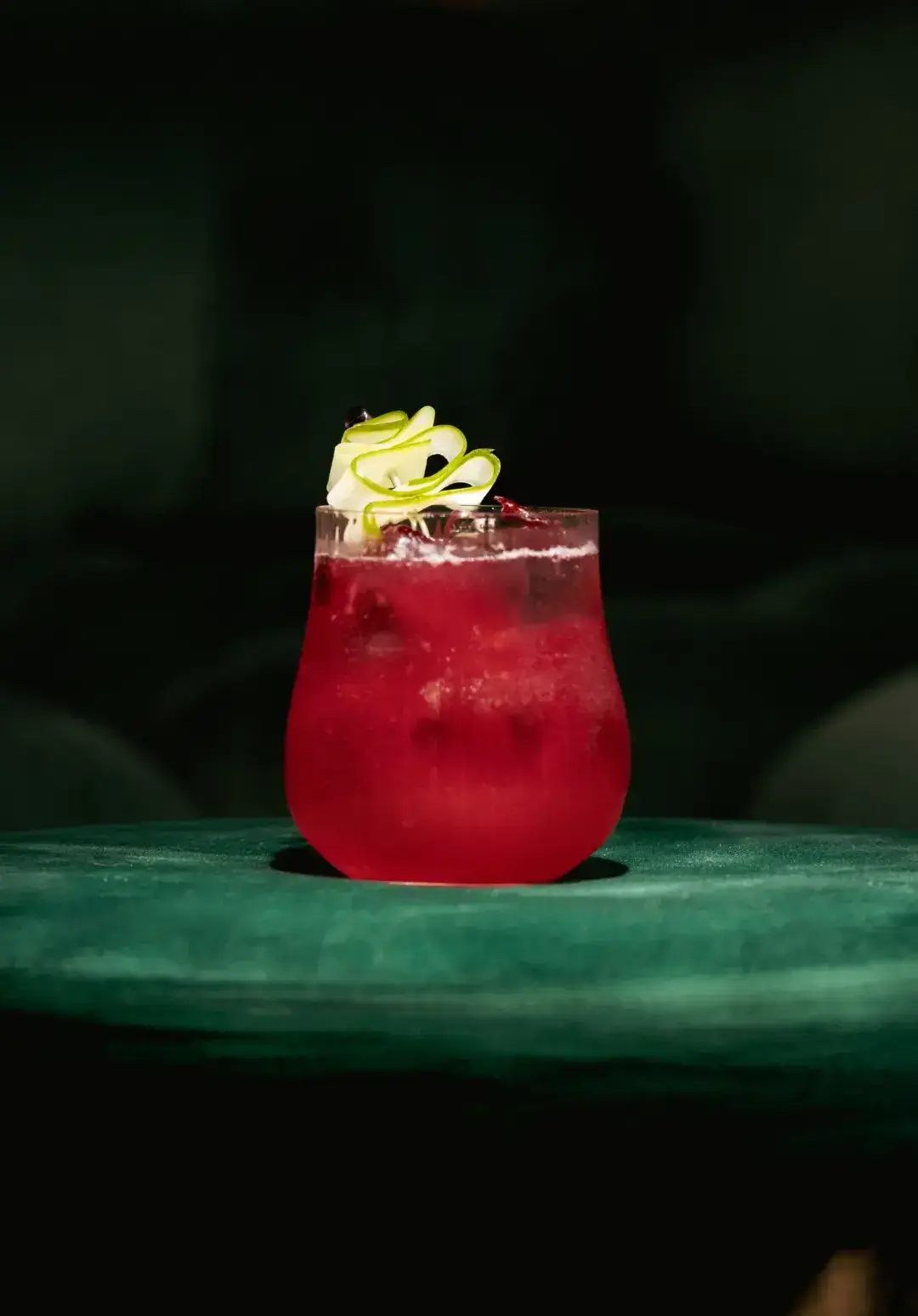
Cooling Cocktail

Baby Sun Cocktail
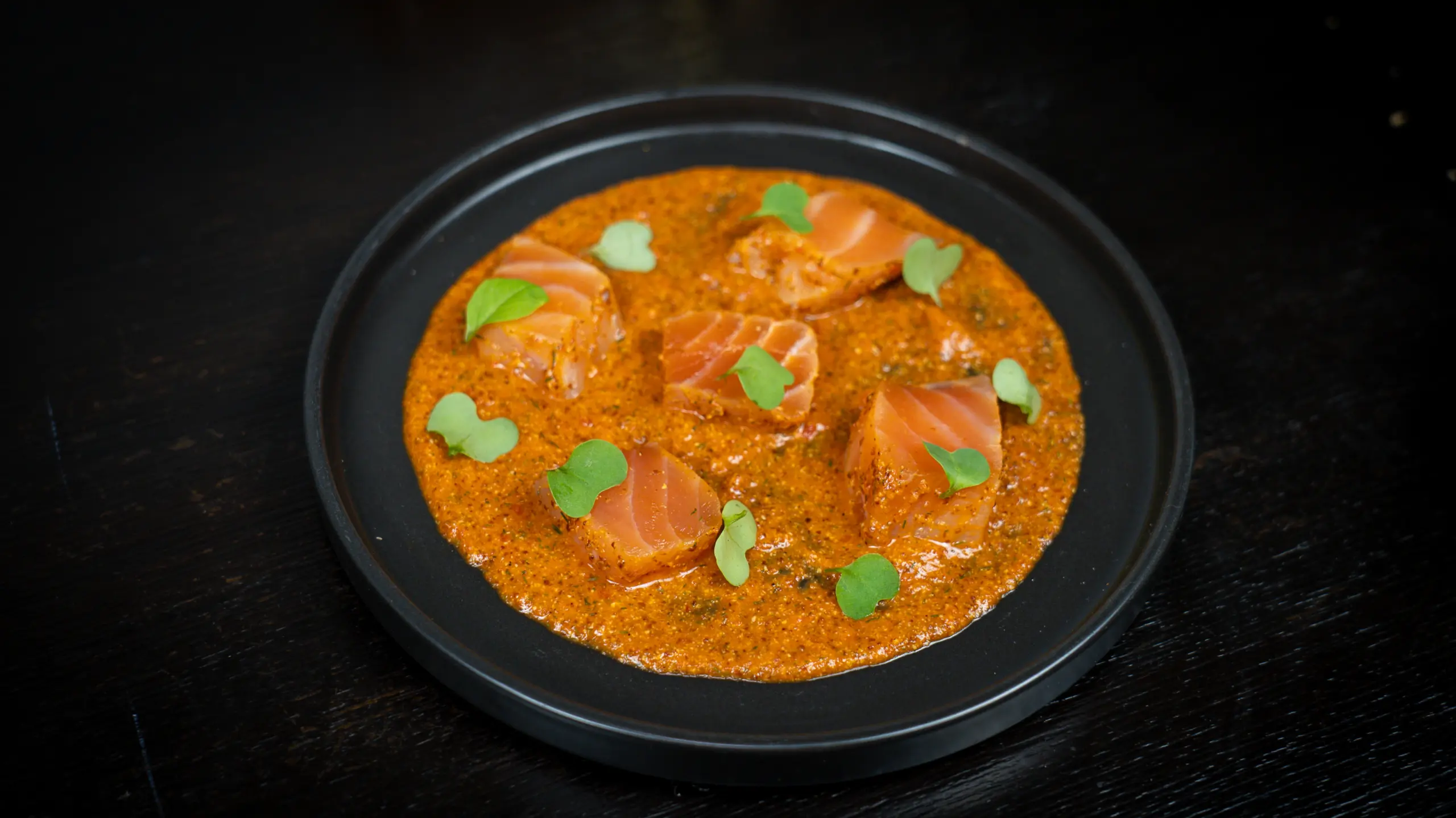
Salmon Gravlax with Whole Grain Mustard, Piquillos, Dill, Pink Peppercorn, & Gin
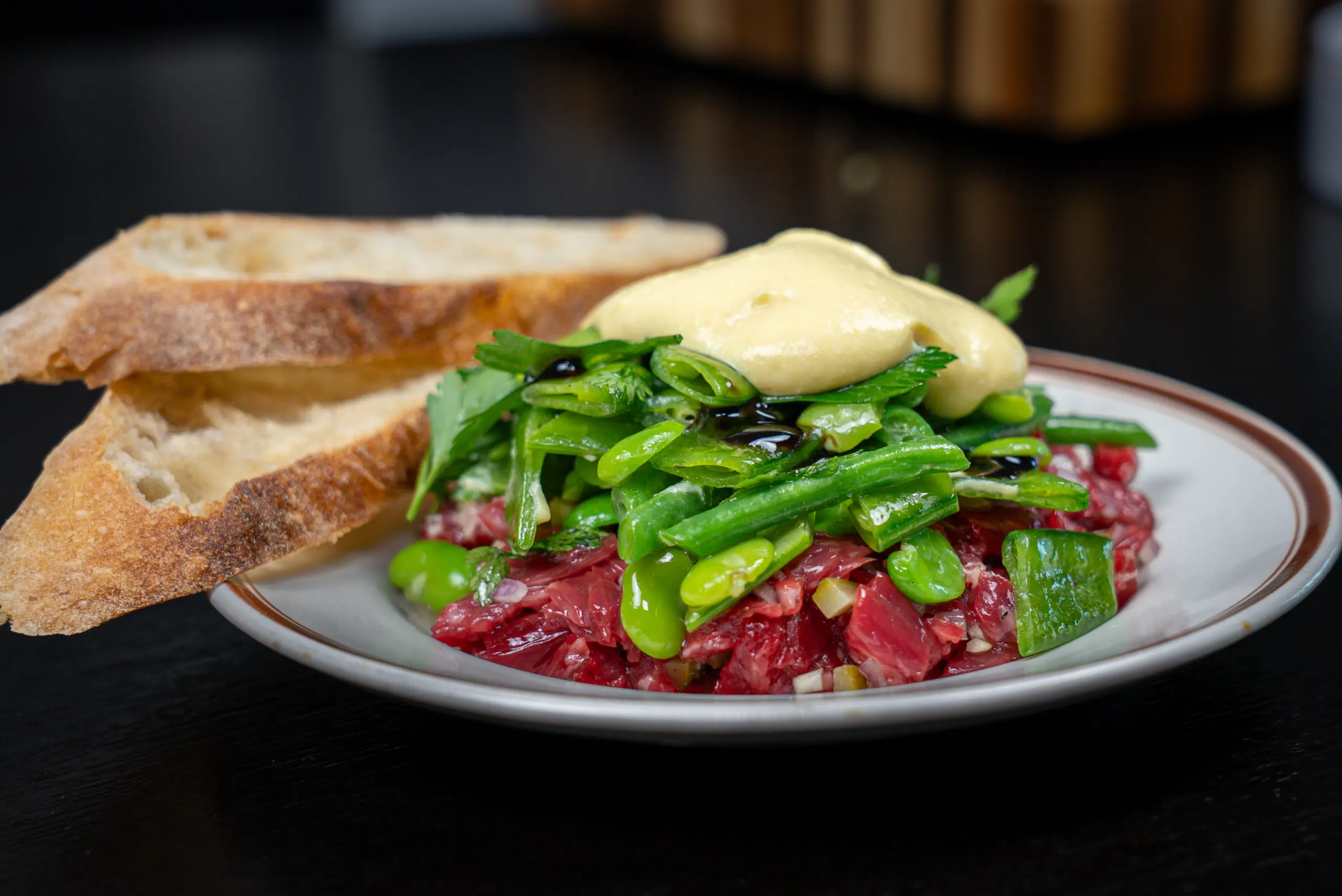
Beef Bavette Tartare with Vegetables & Mustard Egg Mousse








